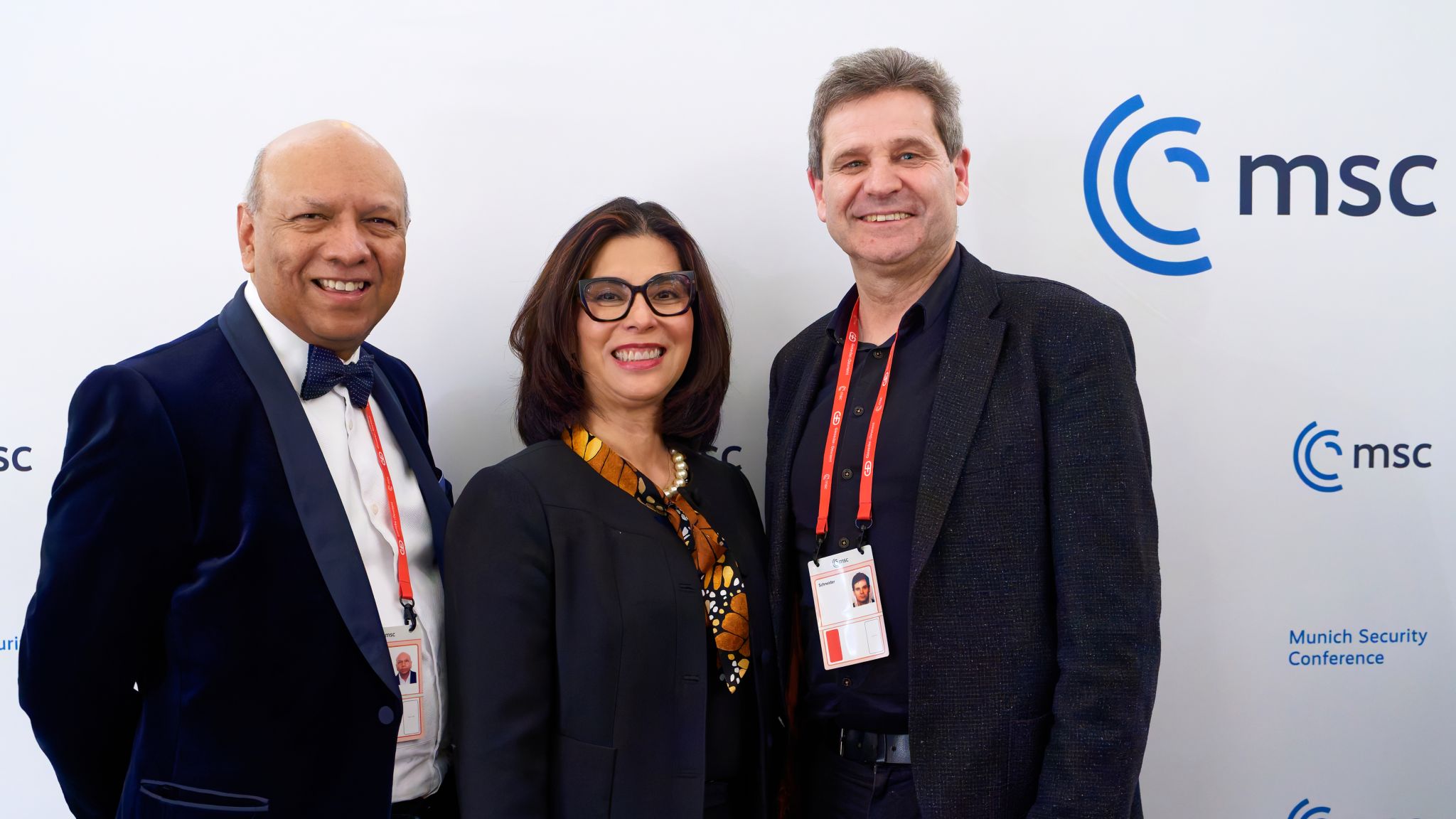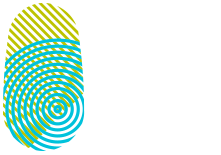By Julian Meyrick, IBM Managing Partner and Vice President, Security Strategy Risk & Compliance, Security Transformation Services and Lars Reger, NXP Executive Vice President and Chief Technology Officer
After six years of careful analysis, NIST has announced the first cryptographic algorithms that will allow us to maintain the highest levels of security in a post-quantum world – what we also refer to as ‘quantum-safe cryptography’. And while first quantum-safe products are already here – there is still much to be done. The selected algorithms won’t immediately lend themselves to existing resource-constrained platforms. Within organizations like the Charter of Trust, we can find the necessary experts working together to resolve these issues and support the industry with the pending cryptography transition, which should begin now – even though quantum computers of today are not yet able to break modern encryption.
PQC Algorithm Selection
The first post-quantum cryptographic (PQC) algorithms have been selected that will provide us the protection society needs in a post-quantum world. While the current state-of-the-art in quantum computers doesn’t pose an immediate threat to existing cryptographic technologies – IBM’s Eagle 127-qubit quantum processor still, by far, falls short of what’s needed to break the popular RSA-3072 public-key cryptosystem – it is expected that this will change in the upcoming decades. The gauntlet for guiding us to the optimal algorithms has been taken up by the National Institute of Standards and Technology (NIST), an agency of the U.S. Department of Commerce. NIST has run previous cryptographic standardization efforts, including selecting the symmetric-key standard (AES) and cryptographic hash functions (SHA-3), which are now used as worldwide standards.
NIST PQC Algorithm Winners Announced
So far, four quantum-resistant algorithms have been selected in this group of winners: one algorithm for key establishment and three algorithms to enable secure digital signatures. Further algorithms considered for standardization are expected to be announced after another selection round. This staged process recognizes the wide range of use cases and situations where cryptography is used and provides alternatives should one algorithm become vulnerable. The sole winner for post-quantum secure key-encapsulation is Crystals-Kyber: an algorithm developed by Charter of Trust members NXP and IBM, along with others, such as ARM. This algorithm builds its security foundation on problems coming from the mathematical domain of structured lattices: for these problems, it is not known how to solve them efficiently using a quantum computer (in contrast to the integer factorization problem, which secures digital signature schemes such as RSA nowadays).
The Risks of Quantum Computing
For as long as there has been cryptography, there have been those studying cryptanalysis: the science of breaking it. Since the late 1970s, encryption has relied on peer-reviewed and widely understood algorithms that are mathematically exceptionally challenging to break using the “classical” computing power, with key-sizes and algorithms evolving as computing capabilities advanced. In 2001, for example, AES was selected in a previous NIST competition when it became clear that specific attack strategies could compromise DES in a matter of days using equipment that was not that expensive.
As research institutes and industry have invested in quantum computing to tackle combinatorial calculations in chemical and biological engineering, quantum algorithms have been proposed that could break current cryptography. Therefore, we find ourselves back in a similar situation as in the early 2000s where it is a question of when, not if, this newfound computing capability will break our current public-key infrastructure.
The difference is that today there is significantly more at stake. Encryption is basically everywhere, protecting national secrets and banking, website visits, automotive software updates, and Internet of Things (IoT) sensor communication. Some applications will require data to be re-encrypted to a new standard. Others, such as IoT applications, will, worst case, need to be replaced with new PQC-capable hardware. Of course, this is only part of the challenge, and these applications almost always depend on key exchange, confidentiality, integrity and peer authentication.
The Post-Quantum Cryptography Landscape
The selection of PQC algorithms is the culmination of decades of considerable effort by the world’s leading cryptographers to devise and vet digital signature, key exchange, and encryption methods resistant to attacks by future quantum computers. This is an incredibly challenging task since quantum computing and quantum algorithms are still in their infancy, so it is not entirely clear how they will evolve.
The first task has been to find and optimize mathematical problems from new domains that are sufficiently intractable to quantum computers. Another task has been to consider the practical aspects of using the algorithms in the massive array of applications where cryptography is used. Giant key sizes are one possible option, but these are unsuited to the simplest electronic systems that have just a few kilobytes of memory. Then there are the practicalities of performing the necessary calculations. Secure links by battery-operated devices need algorithms that can be implemented and executed using low-power (microwatt) approaches.
While working on the Crystals-Kyber algorithm, the NXP and IBM teams have found a solution that is operationally fast and uses comparatively small cryptographic keys, making it easy for two parties to exchange them. The algorithm is a key-encapsulation mechanism based on hard mathematical problems over so-called “module lattices”. When performing the necessary calculations in software, processors can primarily rely on additions, multiplications, and Fourier transforms, all of which are common to today’s applications. It can also be shown that some of the existing deployed cryptographic hardware accelerators can be reused to aid the computation of this new post-quantum secure algorithm.
Building PQC Solutions
It’s been already shown that today’s microcontrollers have the performance to support Crystals-Kyber. This is a critical first step since microcontrollers have significantly less performance and memory than the processors used in servers, laptops and smartphones, but will remain the mainstay of all other Internet-connected electronic systems, from vehicles and sensors to bank cards and industrial equipment. Semiconductor vendors, such as NXP, are determining how much of existing cryptography technology, such as accelerators deployed in today’s secure elements (SE) and trusted platform modules (TPM), can be reused.
Beyond implementing the cryptographic algorithms, there is also the issue of standardizing how systems communicate with one another when using them. This ranges from certificates to key exchange and defining secure methods that don’t leak information or provide backdoors for adversaries across a vast number of use cases.
Transitioning to PQC Algorithms
With the competition winners announced, many security experts will be keen to prepare for a PQC world – and this is definitely the correct attitude. Large-scale quantum computers, once online, will leave us with broken legacy keys that are not patchable. Initially, it makes sense to audit where legacy keys and cryptographic algorithms are in use as the chosen algorithms become formal standards over the next two years. During that time, teams can start to explore these new algorithms, determine which are most appropriate to their use case, start testing them and determine the appropriate migration path. There is also the wait for hardware security devices as they are developed and deployed into servers, laptops, smartphones and smartcards.
It is then the responsibility of Charter of Trust members, such as NXP and IBM, to keep both the security community, engineering organizations, and the wider public informed of the pending cryptography transition. Together, as an expert community, we are exceptionally well placed to spearhead the necessary campaigns and share our knowledge as we enter this exciting world of PQC.
If you would like to learn more about more about NXP’s and IBM’s development in post-quantum cryptography, please access the following links:


You may also like

Richards Skalt takes over the Advocacy Workstream
With a strong background in advocacy and a forward-looking vision, Richard brings renewed energy to our mission of shaping a secure digital future. As he puts it:
“My motivation is to preserve and build upon the strong foundation of advocacy activities we’ve developed over the past years. At the same time, I’m committed to ensuring we’re in a position to shape the policies that will define how our business model and operations evolve in the future – including the cybersecurity of products and systems, the use, deployment, and distribution of robust AI solutions, as well as cloud security and secure datacenters.”
In a world defined by accelerating digital transformation and increasingly complex regulatory challenges, principled leadership and effective collaboration are more vital than ever. Under Richard’s leadership, the Advocacy Workstream will continue to engage policymakers, raise public awareness, and strengthen education around key issues such as cybersecurity, AI governance, and secure digital infrastructures.

New Chairwoman for the Global External Engagement Group
Pino’s election follows a dynamic Collaboration Week in Denmark, where Charter of Trust partners from around the world came together to align on strategy, strengthen partnerships, and reaffirm our commitment to a secure digital future. As a longstanding leader within the advocacy workstream, Pino has been instrumental in fostering open dialogue with key external stakeholders and promoting cybersecurity awareness across industries and institutions.
“A reliable digital world can only thrive if public and private institutions build trust and cyber-resilience together, share their expertise, and support society in this digital journey. Those are our goals at the Charter of Trust,” says Pino.
She takes over the role from Sumit Chanda, COO/CISO at Atos, who has guided the working group with vision and energy. We are pleased to share that Dr Chanda has since been elected Co-Chair of the Charter of Trust by the Board of Directors in February—ensuring his continued impact on the initiative’s strategic direction.
We extend our sincere thanks to Sumit for his outstanding leadership and warmly congratulate Pino on her new role.

Charter of Trust elects new co-chairs of the Board of Directors
The Partners and Associated Partners thanked Natalia Oropeza, Global Chief Cybersecurity Officer at Siemens, for her engagement and steady leadership during her term as Chairwoman. In her tenure, the Charter of Trust underwent important internal and external changes. What first stands out is the smooth integration of the four working groups, which made the Charter of Trust more agile, leaner and more efficient. It is also safe to say that the alliance has never had such a high level of exposure externally, due to the Charter of Trust partners continuous dedication to the mission of the alliance.
In the spirit of industry collaboration, Natalia Oropeza expressed her support to our new Co-Chairs and said how “incredibly proud of what we have achieved together, welcoming new partners, strengthening our structure, and elevating the Charter of Trust's impact on the global cybersecurity landscape. Collaboration has been at the heart of our success, and I am confident that Dr. Sumit Chanda and Dr. Ralf Schneider as Co-Chairs, the Charter will continue to drive meaningful progress towards a more secure digital world."
For the first time in its history, the Charter of Trust will be co-chaired. Dr. Ralf Schneider from Allianz and Dr. Sumit Chanda from Atos who have decades of experience in the world of cybersecurity and have been active within the alliance for several years now. Both unite an intrinsic motivation to foster inter- and intra-sector collaboration as well as the continuous sharing of knowledge between the Partners and Associated Partners of the Charter of Trust.
For the next year the co-chairs aim to amplify the number of Partners and Associated Partners. This growth, however, should still preserve the unique features of the Charter of Trust as a large practitioner organization with member from all over the world. Expanding into new sectors and new countries is a key target for the new leadership team, so that the Alliance can continue to engage with stakeholders at the highest level.
Dr. Sumit Chanda underlined that “The Charter of Trust’s role is to promote a safe and trusted digital work. Its unique partnership blend of large organisations, working across 190 countries, and across several sectors, has enabled it to make significant progress under the leadership of Mrs. Natalia Oropeza. I would like to thank her for these great achievements. Along with Dr. Ralf Schneider from Allianz, we welcome the opportunity to build on her work as the Co-Chairs of Charter of Trust.”
Ralf Schneider added that “In dynamic times with more risks, more uncertainty, and more unknowns, we as the Charter of Trust step up – to provide stability, promote reliability, and foster trust. This is our mission today and tomorrow.”.



